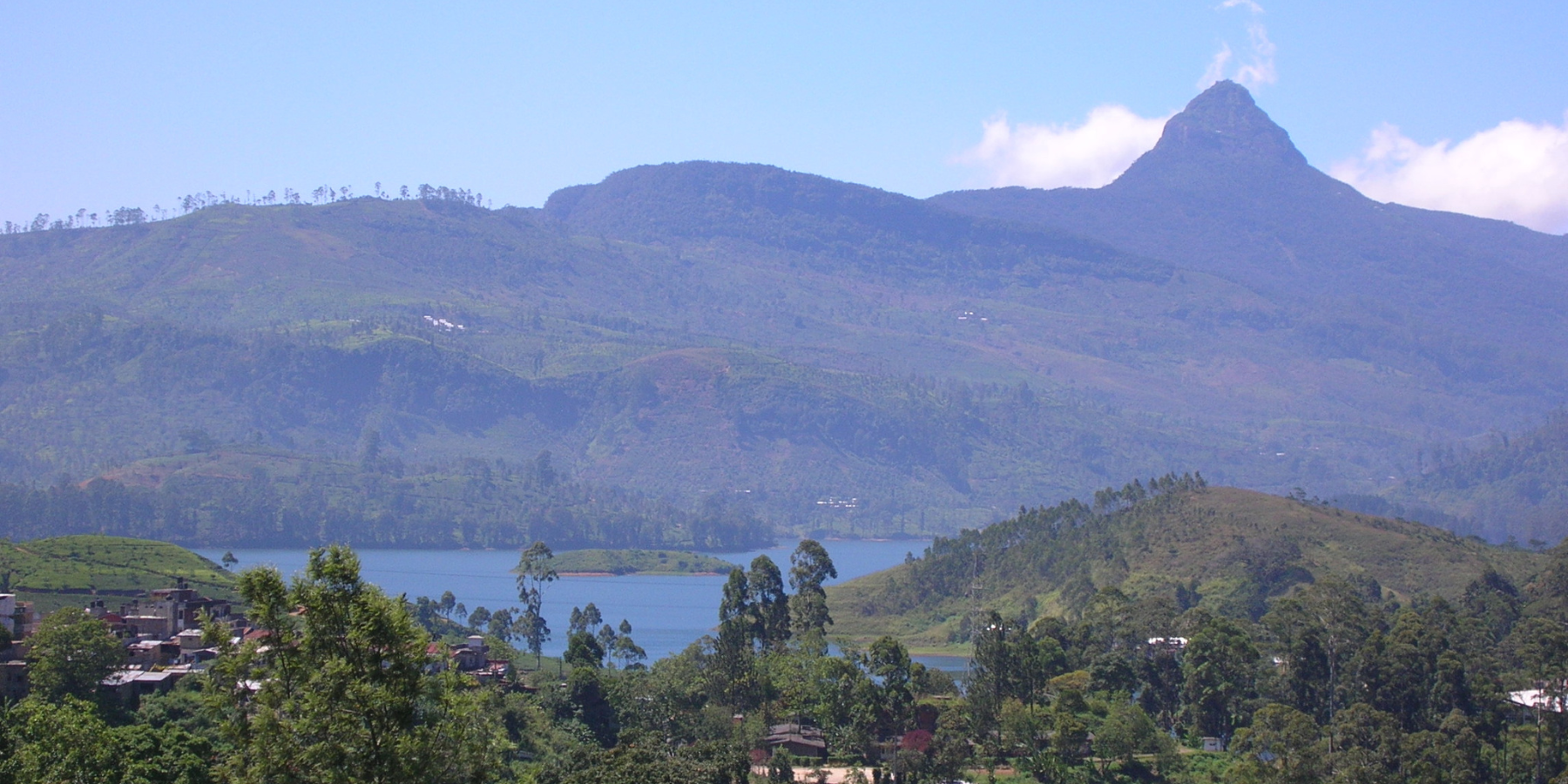Adam’s Peak, also known as Sri Pada, is a sacred mountain in Sri Lanka. It holds spiritual importance for Buddhists, Hindus, Muslims, and Christians. At its summit, a footprint-shaped rock formation is believed to symbolize Buddha, Lord Shiva, or Adam, depending on the faith. This unique site attracts thousands of pilgrims and travelers annually.
A Natural Haven of Biodiversity
The Adam’s Peak Wilderness Sanctuary spans 224 square kilometers of tropical rainforests and diverse ecosystems. It is home to rare birds, endemic plants, and other wildlife. The sanctuary’s elevation ranges from 1,000 to 7,360 feet, offering stunning landscapes and unique geographical features.
Visitors can explore scenic trekking paths through dense forests. These trails provide breathtaking views of hills and valleys. The best time to visit is during the pilgrimage season from December to May when the area becomes lively with activity.
The Journey to the Summit
The hike to Adam’s Peak is a must for those seeking adventure and spiritual fulfillment. Pilgrims and hikers usually choose one of three main routes: Hatton, Kuruwita, or Palabaddala. The Kuruwita and Palabaddala routes pass through the wilderness sanctuary, immersing visitors in nature.
Although the trek can be challenging due to steep climbs, reaching the summit is rewarding. Watching the sunrise from this peak is an unforgettable experience. The serene atmosphere at the top enhances its spiritual significance.
Conservation Efforts
The sanctuary has faced challenges over time. During British rule, large areas were cleared for tea plantations. In 1940, the remaining forest was declared a wildlife sanctuary to protect its biodiversity. Today, Sri Lanka’s Wildlife Conservation Department manages it with a focus on preservation and eco-tourism.
Visitors should plan carefully during the rainy season as sudden downpours can make trekking dangerous. Proper preparation ensures a safe and enjoyable visit.

